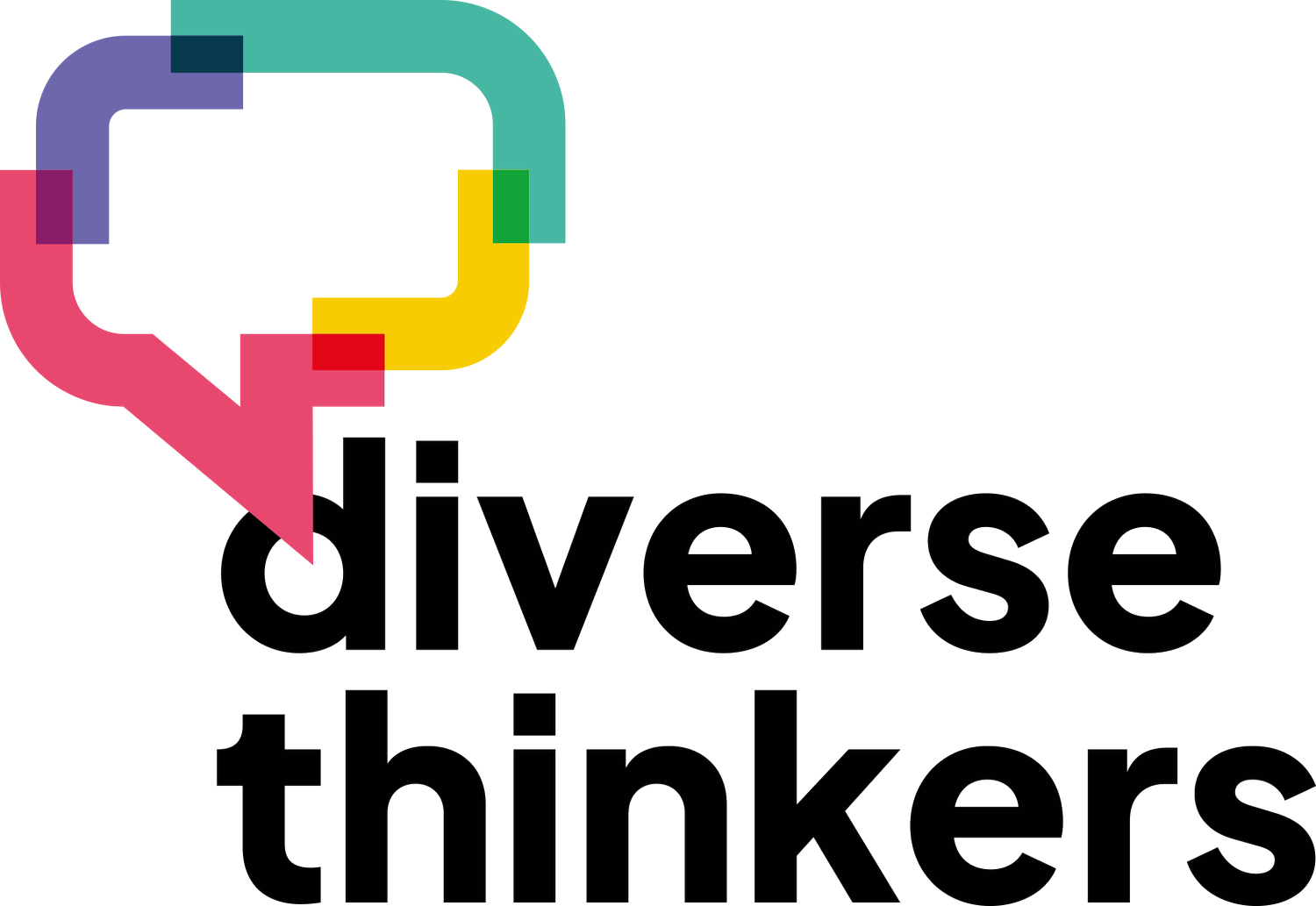Navigating Neurodiversity – Language and Overcoming Barriers
I was once corrected on my use of the term neurodiversity to describe my neurodiverse family – between us we have a range of conditions, both diagnosed and self-diagnosed that include autism, ADHD and dyspraxia amongst many others. Neurodiversity is indeed broader than this. It can be used to refer to the whole range of neurotypes, so it also includes people who are what is often referred to as neurotypical.
Some use ‘neurminority’ to refer to those with the range of conditions that fall outside of what is considered the cultural norm in terms of patterns of thought and behaviour. But the term ‘neurodivergent’ has become more widely used and it’s true that grammatically it is a little odd to describe an individual as neurodiverse in the same way that you can’t describe an individual as diverse – we are, I was told, only one thing and that is neurodivergent. But I’m aware, given how affected I was by the correction, that identity and how we define ourselves is really important to us as individuals, whether neurodivergent or neurotypical.
The original term neurodiversity, I found on investigation, actually came from the cognitive profiling of individuals. Findings revealed that for some there were spikes on their charts between areas of great strengths and areas of extreme challenges. These spikes are different to the standard deviations amongst neurotypical individuals. They are what give many people a whole range of neurominority presentations, often with overlapping traits and comorbidities. So an individual’s profile can in itself be neurodiverse, or ‘spiky’, in that it may hit multiple spikes.
So it may not technically be incorrect to call a person neurodiverse, but as language becomes more entrenched and terms become more socially acceptable – or unacceptable, it’s really important that people are made to feel comfortable and allowed to identify themselves with the language that feels right to them. As many look for a more identity first approach to referencing disabilities, so a person is dyslexic, rather than ‘having dyselxia’, or is autistic or an ADHDer, many feel this is more affirming, rather than meaning they are someone ‘with’ a condition. But this is an individual thing and people will have their own opinions about how they would like to be referred to.
The same is true for other disabilities. While working with RNIB some years back I read their guidance on how to refer to blind people as ‘people with sight loss’. I remember how very upset one service user was at this description as someone who was born blind, they recounted, ‘that doesn’t refer to me as I never had any sight to lose’. Identity is a very individual thing and perhaps the best way to refer to someone is by asking what terms they prefer, and using those.
One thing I’ve found to be vital when working as a psychotherapist, counsellor and coach, is that understanding the unique way individuals experience the world is as important as the term they use to define themselves. I’ve had clients for example who have gone for an ADHD diagnosis and come out with an autism diagnosis. Or they may have failed to get a diagnosis despite ticking almost all the boxes and having many of the traits. Some feel that getting the diagnosis or label will be the key to overcoming all their obstacles. In fact coming to terms with a diagnosis - or lack of diagnosis - can be an obstacle in itself. What I’ll do is work with my clients to understand who they are as people and how they are shaped by their experiences. We also look at techniques that may help them as individuals to tackle some of the challenges they face.
Please get in touch if you’re interested in more information, including how I can support you.
Some further reading that has shaped this blog and my research:
https://www.ncbi.nlm.nih.gov/pmc/articles/PMC7732033/
https://www.bps.org.uk/psychologist/what-does-it-mean-be-neurodiversity-affirmative
https://autisticadvocacy.org/about-asan/identity-first-language/


